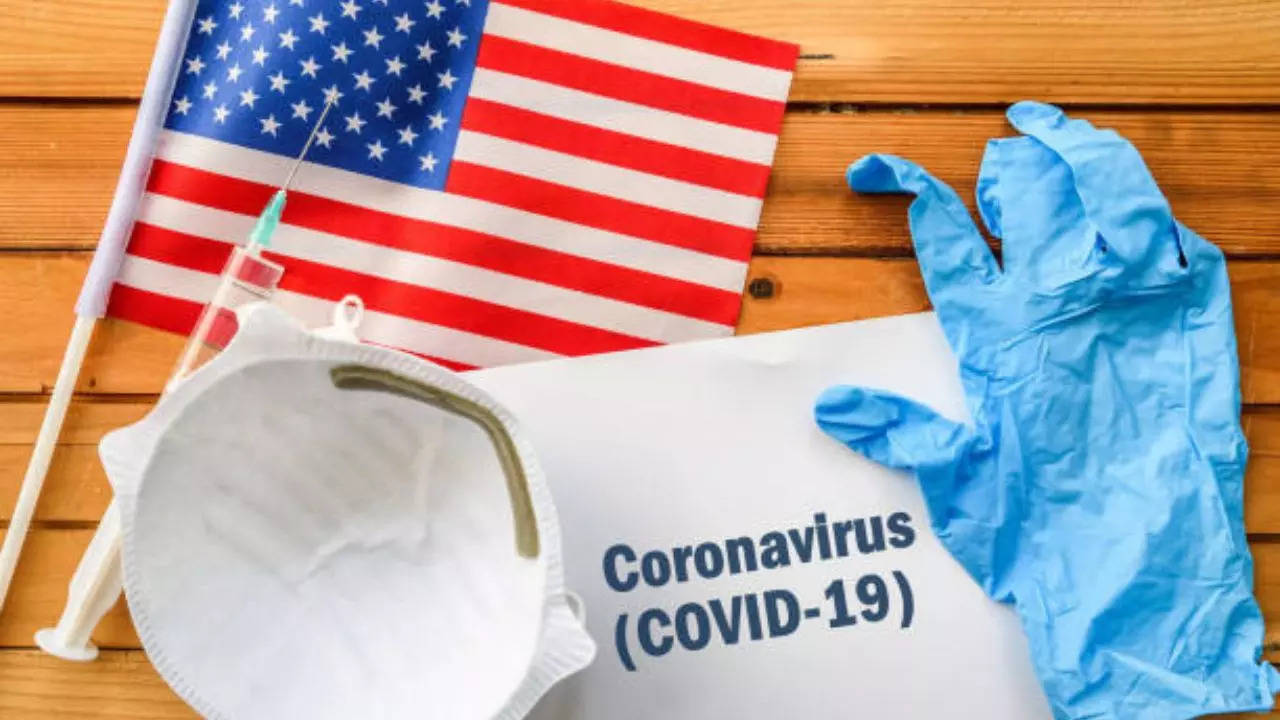Horoscope
New COVID-19 Variant KP.3 Climbs To 25 Percent In The US; Now Largest In CDC Estimates

The KP.3 variant, estimated to be outpacing the FLiRT strain has inched up 22.5 of the cases this week alone
According to the Centers for Disease Control and Prevention, the new COVID-19 variant KP.3 has climbed to 1 in 4 cases across the United States, making it now the most dominant strain of the virus across the country. The surge in KP.3 cases comes as the CDC says it has tracked key metrics of the virus’ spread in summer months. Previously, the surges of the virus peaked around August every year.
According to the statistics from CDC’s wastewater surveillance, levels of the virus are starting to accelerate in the West. Emergency room visits for COVID-19 have also increased in recent weeks for all ages.
The new CDC estimates say that the COVID-19 infections are likely growing in 30 states and territories.
KP.3 is similar to JN.1
According to scientists, the KP.3 variant, estimated to be outpacing KP.2 or FLiRT strain has inched up 22.5 per cent of the cases this week alone. KP.2 had risen to dominance in previous months, but its growth has now slowed.
Doctors say both KP.3 and KP.2 are extremely similar to the JN.1 variant that had dominated last winter’s wave of COVID-19 infections. “When you look at KP.2 and KP.3, they are nearly identical to each other with really one difference between the two of them,” said Natalie Thornburg, the chief lab official at the CDC’s Coronavirus and Other Respiratory Viruses Division.
This difference is smaller than previous jumps in the virus, like when JN.1’s parent – the highly mutated BA.2.86 variant – first emerged last year. However, KP.2 and KP.3 are also not identical as early data suggests KP.3’s mutations may be better at evading immunity. “JN.1 and KP.2-like viruses, they’re really, really on top of each other. And KP.3 is very close, but not absolutely on top of it,” Thornburg said.
FDA calls for vaccines
The rise of KP.3 comes as the FDA decided to call for an increase in vaccination in the fall update for the JN.1 variant, effectively turning down a newer formula aimed at the KP.2 variant. Moderna had presented data from animal studies suggesting its KP.2 targeted shot offered similar protection against the latest variants, compared to a shot designed for JN.1.
Pfizer’s shot for KP.2 triggered better antibody responses for JN.1 variants, including KP.3. But the FDA ultimately decided to pass on the KP.2 shots, after the agency’s advisers worried it might not do a better job at broadening immunity for future strains compared to JN.1.










